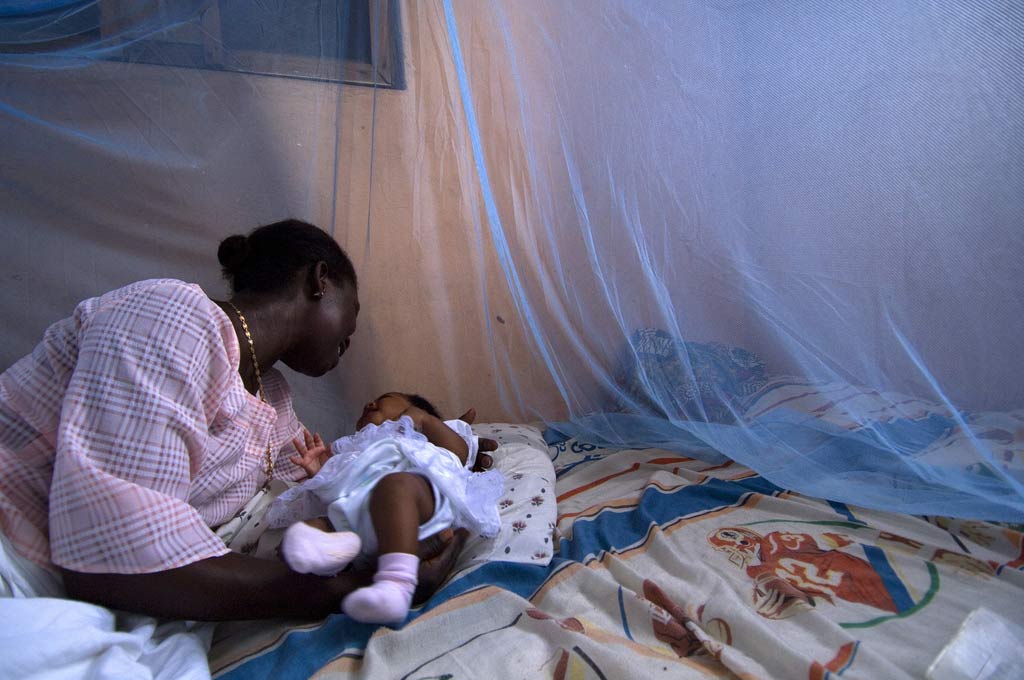This is a big deal.
In a hot-off-the-presses report, UNICEF and the World Health Organization announced today that malaria death rates have dropped 60% since 2000. This translates into 6.2 million lives saved over the past 15 years — the vast majority of them children. Deeper still, the report says that humanity has “convincingly” met the Millennium Development Goal of having “halted and begun to reverse the incidence” of malaria by 2015, with new malaria cases dropping by 37% since 2000.
It’s sometimes useful to take a step back and look at a report like this through a wider-view lense. Humans have been around for 200,000 years. Malaria has killed them for about that long. And now, a disease that has plagued humanity and killed millions of us since the dawn of human existence is very firmly on the decline. And it all happened in the last 15 years. This is world-historic stuff.


How this happened
Malaria deaths declined so precipitously for the simple reason that political leaders decided in 2000 to make it so. They included malaria in the Millennium Development Goals and decided to invest in interventions against malaria.
Central to this all was money. Since 2000, funding for malaria treatment and control has increased twenty fold, to $2.7 billion this year. A big driver of these increases were the advent of the Global Fund to Fight AIDS, TB and Malaria in 2002 –essentially a giant pool of money to which philanthropies and governments contribute — and the creation of the Presidents Malaria Initiative, PMI, by the US government in 2005. When the money came, results followed.


The interventions that work the best are not too complicated. A study published Tuesday in the journal Nature finds that insecticide treated bed-nets account for 68% of malaria cases prevented since 2000. (The remainder were prevented by indoor insecticide spraying, and a malaria treatment called Artemisinin Control Therapy.) These interventions are not terribly expensive, at least compared to other diseases like AIDS. So this massive scaling up of funding has gone a long way, particularly for bednets. The UN report says that since 2000, over 1 billion bed-nets have been distributed or sold throughout sub-saharan Africa alone.
Not out of the woods yet
The positive news in today’s report comes with a warning. Despite the progress, some 430,000 people died last year–an astronomical number of people to die from a mosquito bite, especially when the disease is easily preventable and treatable.
Most malaria deaths are children under five years old; and the vast majority of these deaths come from just a few countries in sub-saharan Africa. The report finds that just 15 countries accounted for 80% of global malaria cases and 78% of all malaria deaths this year.


Toward Eradication?
Unlike Measles, Polio, or AIDS, the World Health Organization and its partners have not set a goal of totally eradicating malaria. Rather, they want to eliminate it as an epidemic and thereby reduce it to an easily controlled disease. The WHO is aiming for a 90% reduction of incidence and cases by 2030. And like the 60% reduction of deaths achieved over the past 15 years, getting to a 90% reduction 15 years from now requires even more money. The increase in funding required will not be modest: the report estimates that to reach the 90% reduction target, annual funding for malaria will have to triple from $2.7 billion to $8.7 billion.
World leaders are backing this goal. When they come to New York next week to sign onto the Sustainable Development Goals they will agree, at least in principle, to ending malaria as a global epidemic by 2030. Like the other SDGs this is an ambitious target, but it is no less ambitious than their goal 15 years ago to halt and reverse the spread of malaria.
One thing we have learned from the success of the MDGs is that when there is political will and funding these otherwise audacious goals quickly look quite reasonable.
